I’m going to kick things off by guiding you through the selection of tent size and capacity, an essential step in gearing up for your adventure. Figuring out the right size isn’t just a numbers game; it’s about comfort and practicality.
Now what is a big tent for some might be just snug for others. Tent capacity ratings are a starting point, but they don’t always account for personal space, gear storage, or the occasional midnight bathroom break. If you want a golden rule, consider this: when a tent says it’s for four people, it usually means four people shoulder to shoulder, without much wiggle room. For actual comfort, especially with friends or family, sizing up is the way to go.
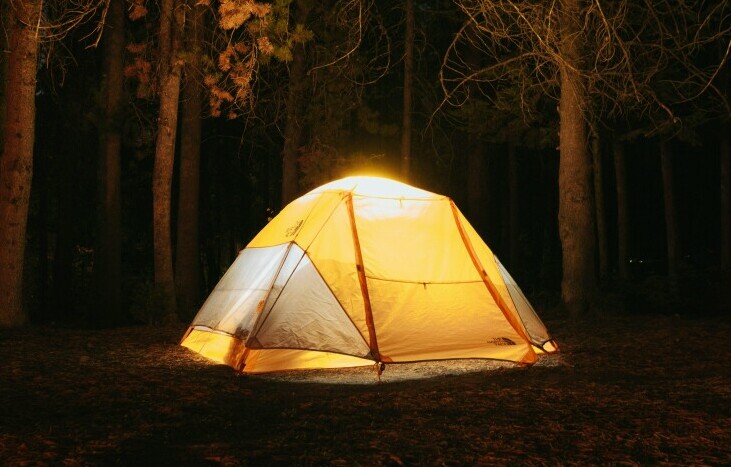
Don’t worry too much about picking a mansion-sized tent, though. You need to figure out the optimal use of available space. Are you mainly using the tent for sleeping, or does it become a social hub when the sun sets? Think about space for air mattresses and whether you’re bringing kids or pets who’ll need their own comfy corner.
Choose something that resonates with your camping style – balance is key. A tent that’s too large may be harder to warm up in cold weather and can be a hassle to set up. But err on the side of a bit extra space if you’re not sure. A cramped tent is known to turn what should be a fun outing into a test of patience.
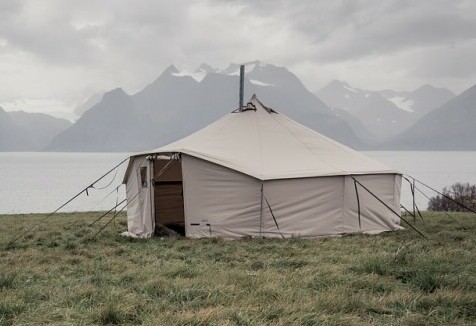
As you dwell on size and comfort, it’s crucial to look ahead to the conditions you’ll be facing. That’s going to include understanding seasons and weather conditions, and I’m here to help you with exactly that. Let’s explore how to match your tent choice to the elements, ensuring a cozy shelter from the storm or a cool retreat from the midday heat in the next section.
Matching Your Tent to the Elements: Seasonal and Weather Considerations
Choose a tent that’s up to the task of shielding you from the elements – whatever the weather decides to do. This isn’t just about staying dry; it’s also about comfort and safety. You’re going to find out about the seasonal rating system for tents, which is crucial for selecting the right shelter for your adventure.
Tents come with season ratings: 2-season, 3-season, and 4-season. Most campers settle on a 3-season tent, which is designed to handle spring, summer, and fall conditions. These tents usually feature mesh panels for airflow, and a decent rainfly for unexpected showers.
If you’re venturing into harsher climates or expect heavy snowfall, then it’s wise to invest in a 4-season tent. These are built with sturdier poles and less mesh to withstand strong winds and heavy snow loads. However, for the casual camper, a 3-season tent is typically sufficient.
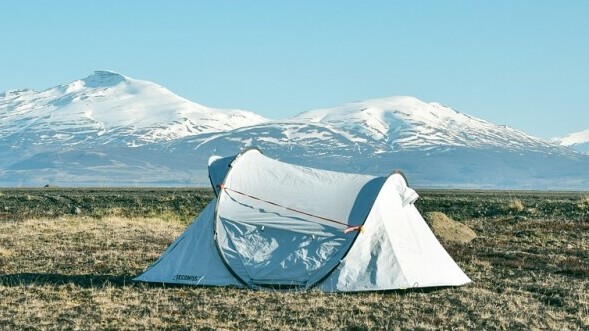
You should also look for certain weatherproofing features, such as a tub floor that curves upwards at the sides to keep water out, and taped seams to prevent leaks. Always pitch your tent with the prevailing winds in mind to minimize the risk of it blowing over.
Ventilation is another key feature to consider, especially if you’re camping in hot, humid conditions. Look for options with multiple ventilation points that allow for a cross breeze. This can make a big difference in how comfortable you are inside the tent.
In the next section, we’ll delve into how weight and ease of use of your tent can influence your overall camping experience. Just remember, the best shelter is one that you can rely on when the weather turns but won’t weigh you down on your journey.
Portability vs. Performance: Weight and Ease of Use
Packing smart isn’t just about what you take; it’s also about how easily you can carry it. When choosing a tent for your camping trip, the weight and portability directly influence your transportation and setup experience. If you’re planning a backpacking adventure where every ounce matters, a lighter tent is key. These models are specifically designed to be pack-friendly, but remember, lighter tents sometimes compromise on fabric thickness and pole strength.
You don’t want to arrive tired and frustrated, which is why the trade-off between weight and durability needs attention. Ultra-light tents can be a hiker’s best friend on long treks, but if you’re camping in an area known for harsh weather, the added weight of a sturdier tent could be a worthwhile investment. Think about the conditions you’ll face: are you trekking up mountains or setting up base at a drive-in site?
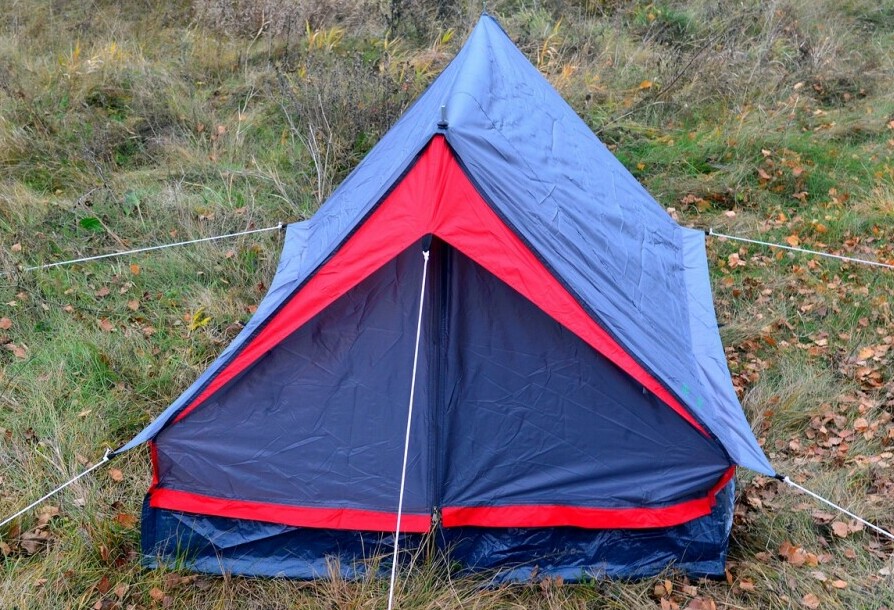
Ease of setup is another critical factor, particularly if you’re a camping rookie or love hassle-free experiences. The market offers options ranging from instant tents with pre-attached poles to traditional setups that might require a bit more patience and skill. Look for color-coded poles, symmetrical designs, and fewer poles, which can help cut down the time from carrying the tent to relaxing inside it.
As we transition into the finer details in the next section, consider how these elements manifest in long-term use. The perfect tent is one that you can carry with ease and set up without a hitch, ensuring that it becomes a reliable companion for numerous outings, not a source of dread on the trail.
Building for the Long Haul: Durability, Materials, and Extra Features
That’s going to include why the materials used in your tent can make or break your camping experience. I’m here to help you understand how choosing high-quality fabrics, sturdy poles, and reliable stakes contribute to a tent’s endurance.
Don’t worry too much about the technical jargon; I’ll break down what you need to know about fabric coatings and pole materials that can withstand the whims of Mother Nature.
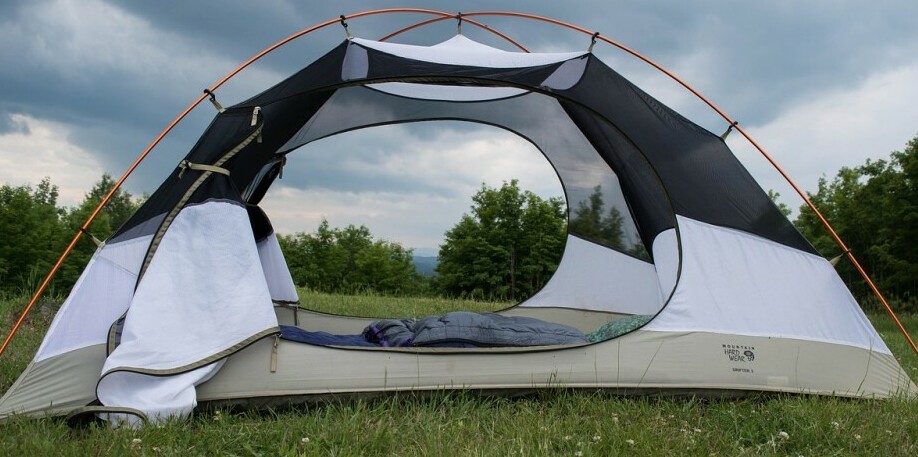
Ventilation isn’t just about catching a refreshing breeze; it’s also about minimizing condensation and staying comfy regardless of the weather. You’re going to find out about the significance of mesh panels, various vents, and the ingenious designs that promote airflow.
Choose something that resonates with you when it comes to extra features. Whether it’s interior pockets to keep your gear organized, a gear loft for added space, or a spacious vestibule for muddy boots, remember, it’s the small details that can enhance your camping trip.
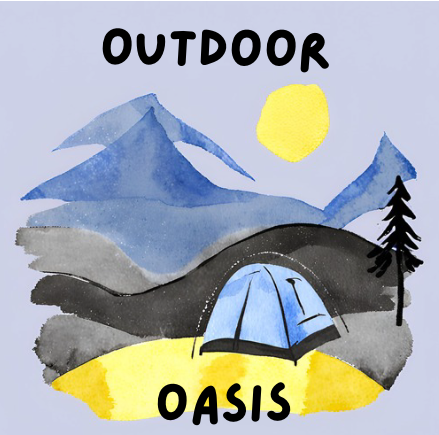
This blog really hit the mark! Choosing the right tent size and considering comfort factors like personal space and gear storage is key for a successful camping trip. I appreciate the breakdown of seasonal considerations and the importance of durability without overwhelming technical details. Can’t wait to put this advice to use on my next outdoor adventure!
Thank you for your positive feedback on my post about choosing the right tent size for camping! I’m glad you found the information helpful and relevant to your upcoming outdoor adventure. Your enthusiasm is greatly appreciated! If you have any questions or need any further assistance, feel free to reach out. Enjoy your camping trip!
Awsome blog! lot’s of great info i enjoy reading this blog about the point’s on the polls so that was fantasic to read . im going camping/bigfoot reseaching when i can up here in alberta . You came up with a lot of great point’s on these tents. lot’s that really made me think about the next trip out would you recommend any good brand’s to look in to. Thanks for sharing
Certainly! I’m glad you enjoyed the blog and found the information helpful for your upcoming camping and Bigfoot researching adventure in Alberta! Choosing the right tent can make a big difference in your camping experience.
Based on research and recommendations, here are a few brands and models that are highly regarded:
Mountain Hardwear – Their Mineral King 3 Tent is great for couples, known for its easy setup and durability.Kelty – The Wireless 6 Tent is ideal for families, offering spaciousness and solid weather protection.Marmot – The Tungsten series, like the Tungsten 4-Person Tent, provides ample space and good protection against the elements.Coleman – Budget-friendly options like the Sundome 6-Person Tent offer reliable performance at a lower cost.The North Face – Their Wawona 6 Tent is an excellent choice if you’re looking for a premium tent with superior materials and spacious design.
These brands consistently deliver quality tents that cater to different needs and budgets. Make sure to consider factors like tent size, ease of setup, weather resistance, and additional features such as vestibules and ventilation when making your choice. Happy camping and Bigfoot researching!
hi,
This article is a fantastic guide for anyone looking to choose the right tent for their camping trip. The detailed explanations on tent size, capacity, seasonal ratings, and the importance of weatherproofing provide invaluable insights. Additionally, your practical advice on balancing weight and durability, as well as tips on ease of setup, are perfect for both novice and seasoned campers. I appreciate how you break down complex information into easily digestible points, making it accessible for everyone. Thank you for sharing such comprehensive and helpful tips!
Regards
Nouman
Hi Nouman,
Thank you so much for your fantastic feedback! I’m thrilled that you found the article on choosing the right tent so informative. It’s rewarding to know that the detailed explanations on tent size, seasonal ratings, and weatherproofing were helpful to you.
I aimed to make the guide accessible and practical for everyone, whether you’re just starting out or have been camping for years. I’m glad the tips on balancing weight, durability, and ease of setup resonated with your camping needs.
Your engagement means a lot to me and our camping community. If there are any specific topics or questions you’d like us to cover in future articles, please don’t hesitate to let us know. We’re here to make your camping experiences even more enjoyable and hassle-free.
Wishing you many wonderful adventures in the great outdoors!
Warm regards,
Graham
My-Outdoor-Oasis
Great post, Graham! You’ve covered the essentials of selecting a tent beautifully. I’d like to add a few tips from my own camping experiences.
Consider Your Group’s Habits: If you’re camping with friends or family who enjoy spending time inside the tent playing games or chatting, extra space becomes even more crucial. It’s not just about sleeping but also about ensuring everyone has room to relax comfortably.
Test Before You Trek: If possible, set up your tent at home or in your backyard before heading out. This practice run helps you familiarize yourself with the setup process, ensuring you won’t be caught off guard by any complexities when you arrive at your campsite.
Weight Distribution: When packing for a backpacking trip, distribute the tent’s weight among group members. One person can carry the poles, another the rainfly, and so on. This strategy makes the load more manageable and ensures no one is overly burdened.
Ground Protection: Investing in a footprint or ground cloth can significantly extend your tent’s life by protecting the floor from sharp objects and moisture. It’s a small addition that makes a big difference.
Storage Solutions: Look for tents with ample storage options like interior pockets and gear lofts. Keeping your gear organized not only maximizes space but also ensures quick access to essentials.
Reflective Guy Lines: These can be a lifesaver in low-light conditions, preventing tripping hazards around your tent.
By taking these additional factors into account, you can enhance your camping experience, ensuring both comfort and practicality. Happy camping!
– Scott
Thank you, Scott! Your tips are a fantastic addition to my post. I couldn’t agree more about considering the group’s habits—having enough space for everyone to relax inside the tent is crucial for enjoying downtime together, especially on longer trips.
Testing the tent beforehand is such a wise suggestion. It saves a lot of hassle and ensures you’re familiar with the setup, making arrival at the campsite much smoother.
Your advice on distributing weight during backpacking trips is spot on. It’s all about teamwork and making sure everyone’s load is manageable, which keeps everyone happier and healthier on the trail.
And the tip about ground protection is invaluable. A footprint can really extend the life of your tent, which is a game-changer when you’re investing in gear for multiple trips.
Thanks again for sharing these insights—I’m sure they’ll help many campers have a more enjoyable and stress-free time outdoors!
Warm regards, and Happy Camping,
Graham